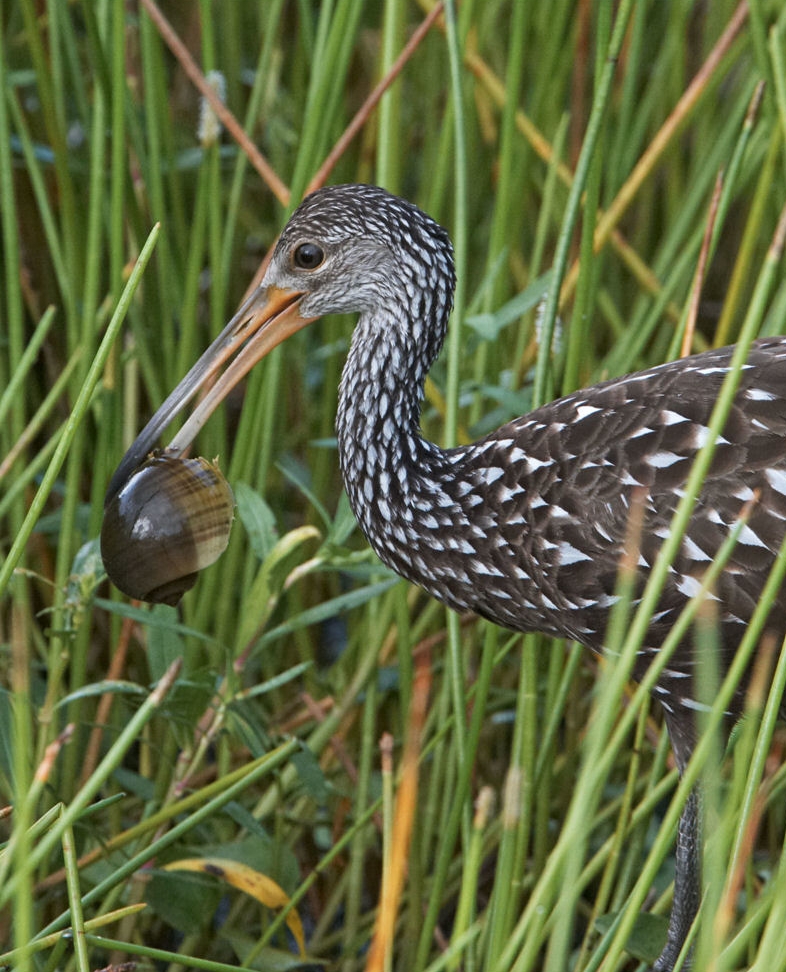Form & Function
The trematode fluke, also known as the Echinostoma revolutum, starts off as an egg which is unable to move. In order to hatch, this egg has to be exposed to the sun (Kanev 1994). Once it emerges from the egg, it turns into a larva. It is then able to swim to its host which has to be a snail (Kortbawi et al. 2011). Once inside of the host, the larva will sit in the digestive tract, growing in size and gaining nutrients, waiting until that snail is eaten so it can then be transported to its next host (Kortbawi et al. 2011). The snail is usually consumed by a bird but can also be consumed by mammals, even humans. Once the parasite is inside of the final host, it develops into the adult stage of its life (Kortbawi et al. 2011). Once the trematode fluke is in its adult stage, it sits in the reproductive or digestive tracts of its host (Kortbawi et al. 2011). As you can see, the trematode fluke moves in some stages but not so much in others. The only stage it cannot move at all is the egg stage.
In the swimming stages of the trematode fluke, such as the
larval and the free-living stages, they use transmission and
scanning electron microscopy in order to sense things around
them (Zdarska et al. 1987). This receptor has about 36 to 40
short, chronically projecting cilia that are connected to a nerve fiber that is
filled with electron-lucid vessels (Zdarska et al. 1987).
This receptor is found on two large papillae which are found on
the dorsal side of the lateral part of the head collar (Zdarska et al. 1987). Through these receptors, the free-swimming
tremetode flukes, such as the larva and the cercariae, can feel any chemical change in the
environment, or change in water flow (Zdarska et al. 1987).
.png)
When the tremetode fluke first infects its host, it is about
240 micrometers long and about 0.02 square mm in body area
(Kortbawi et al. 2011). As the days go by and it gets closer
to post infection, the tremetode fluke grows drastically. By day
14 the tremetode fluke reaches 3.4mm in length and 2.0 square mm
in body area (Kortbawi et al. 2011).
To obtain nutrients in the intermediate host, the tremetode
fluke absorbs the nutrients through their tegument. The tegument
is the outer body covering of the tremetode fluke. To eat, the
fluke obtains its food through rediae which is a larval form of
the tremetode fluke that has an oral sucker. The rediae actively
consumes and digests the intermediate host’s tissues while
moving throughout.
All adult Echinostoma revolutum have eighteen epidermal plates, two eyespots, six body papilliae, and two excratory pores (Kortbawi et al. 2011). Some important body parts of the Echinostoma revolutum are the Oral Sucker (OS label in photo above), the armed collar (CL label in photo above), the cirrus sac (CS label in photo above), ventral sucker or acetabulum (AC label in photo above), uterus containing eggs (UT label in photo above), ovary (OV label in photo above), paired testes (TE label in photo above), and vitelline glands (VT label in photo above) (CDC.gov).
